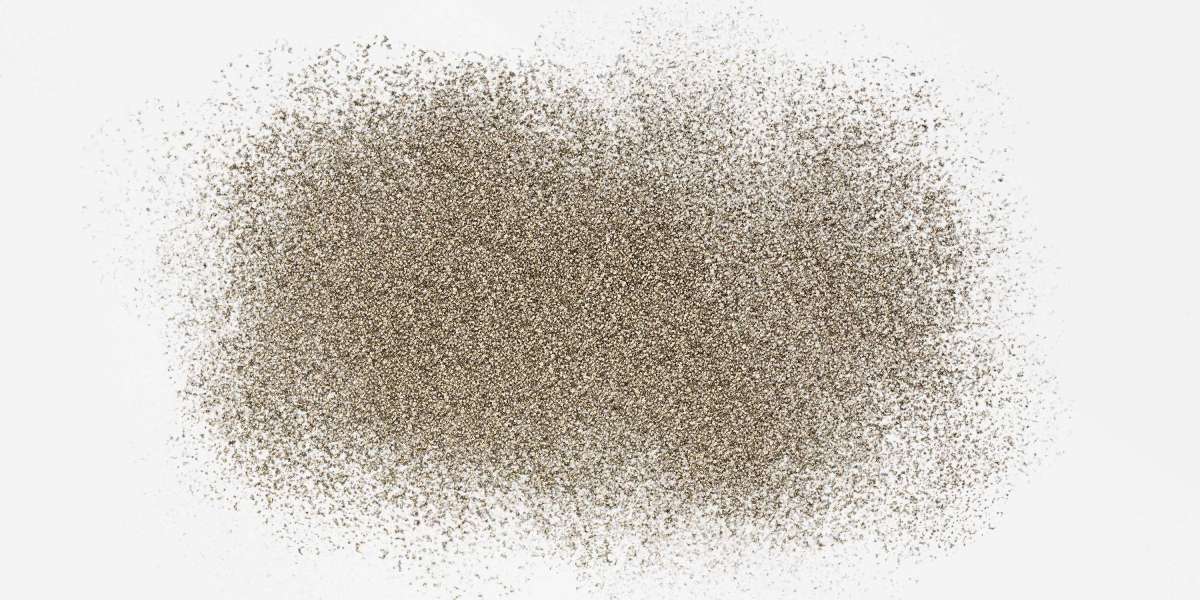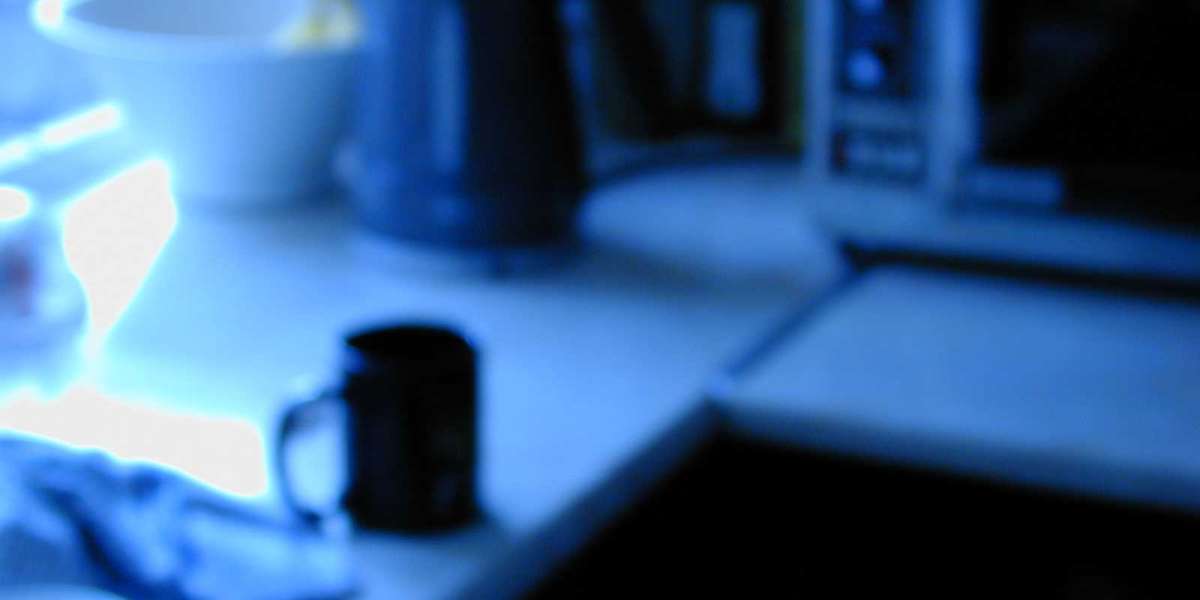Post construction window maintenance is essential for preserving the clarity, efficiency, and longevity of your windows after a building or remodeling project. Construction cleaning debris, dust, adhesives, and paint can easily harm glass and window frames if they are not cleaned and handled correctly. With the right process, you can avoid costly scratches, residue buildup, or long-term damage while keeping your windows looking brand new.
Understanding the Risks After Construction
Post construction debris can be tough on windows. Concrete dust, drywall particles, paint overspray, and adhesives all have abrasive qualities that can damage the glass surface if not removed properly. Many homeowners assume that regular cleaning techniques will work, but the post construction environment is much more delicate.
Common Issues You May Encounter
- Scratches from abrasive dust or improper scraping
- Streaks caused by leftover adhesive or sealant
- Damage to frames due to harsh cleaning chemicals
- Cloudy spots caused by improper wiping or friction
Why Extra Care is Needed
Unlike typical cleaning, post construction window maintenance requires a careful approach that protects both glass and frames. Using the correct tools and methods ensures that windows remain clear, functional, and visually appealing.
Choosing the Right Cleaning Tools
Proper tools make all the difference when tackling post construction window maintenance. Using the wrong equipment can lead to scratches and permanent marks.
Safe Tools to Use
Microfiber cloths, soft brushes, and gentle cleaning solutions are ideal. These tools minimize friction and lift dust without spreading abrasive particles around. A rubber squeegee can help remove water without leaving streaks.
Tools to Avoid
Hard metal scrapers, rough sponges, and strong chemicals can damage glass coatings and frames. While many think a razor blade is safe, improper technique often leads to scratches. If you must use a blade, it should be handled by a trained professional who understands the correct angle and pressure.
Proper Cleaning Techniques for Best Results
Using the right technique is just as important as the tools you choose. Post construction window maintenance requires a step by step approach to protect the glass from unnecessary stress.
Start With Dry Dust Removal
Always begin by gently removing dry dust before applying water. Wet dust becomes sticky and abrasive. Carefully brush loose debris away from the frame and glass using a soft brush or cloth.
Use a Mild Cleaning Solution
Mixing warm water with a gentle, non ammonia cleaner is usually enough for construction residue. Apply the solution lightly and wipe in a soft circular motion. Be sure to rinse frequently so contaminants do not scratch the surface.
Work From Top to Bottom
This simple technique keeps dirty water from dripping onto areas you have already cleaned. Finishing with a squeegee ensures a streak free surface without applying extra pressure.
Preventing Frame and Seal Damage
Glass is not the only component at risk. Frames, seals, and caulking can also be harmed if cleaning is done improperly.
Protecting Window Frames
Wood, vinyl, and aluminum frames require different care. Wood can absorb moisture, vinyl can warp under strong chemicals, and aluminum may discolor. Always clean frames with a gentle detergent and avoid soaking the edges where seals meet the glass.
Maintaining Weather Seals
Construction debris can settle into the edges of seals and reduce their effectiveness. Lightly brushing debris away helps maintain insulation and prevents air leaks. Avoid pulling or tugging on seals, as they may loosen during rough cleaning.
Preventing Long Term Problems
Post construction window maintenance is not just about initial cleaning. It is also about preventing future issues that stem from improper handling during the cleanup phase.
Regular Inspection After Cleaning
Look for signs of residue, streaks, or tiny scratches. Addressing these early prevents bigger problems later. If you notice cloudy patches, they may be the result of microscopic scratches that require professional polishing.
Establishing an Ongoing Maintenance Plan
Once the initial cleanup is complete, schedule regular window care to prevent buildup. Consistent maintenance helps windows remain clear and ensures that any post construction damage does not worsen over time.
Frequently Asked Questions
How soon should I clean my windows after construction?
It is best to begin cleaning as soon as major debris is cleared. Early post construction window maintenance prevents dust and residue from hardening.
Can I use commercial window cleaners after a construction project?
Yes, as long as they are ammonia free and safe for the type of glass you have. Strong chemicals may harm coatings or frames.
What if my windows were scratched during construction cleanup?
Minor scratches can often be polished out by a professional. Deep scratches may require glass repair or replacement.
Should I perform post construction cleaning myself or hire a professional?
Homeowners can handle light cleaning, but heavy debris or delicate glass requires expert care to avoid damage.
What tools are safest for removing stubborn residue?
Soft cloths, plastic scrapers, and gentle cleaners are safest. Metal blades should only be used by trained technicians.
Conclusion
Preventing damage during post construction window maintenance comes down to using the right tools, techniques, and protective steps. Careful cleaning ensures that your windows remain clear, attractive, and structurally sound long after the construction work is finished. For expert service that ensures your windows receive the highest level of care, consider reaching out to Huskins LLC for reliable support.







